65 F. high in the Twin Cities Thursday.
51 F. average high on April 2.
43 F. high on April 2, 2014.
April 2, 2001: Jumbo-sized snowflakes in east central Minnesota and west central Wisconsin. 2.5 to 2.75 inch flakes measured in Maplewood.
April 2, 1920: The temperature fell to 8 degrees in Pipestone. The high the day before was 74. Source: Twin Cities National Weather Service.
April Snowmobiling?
"April
prepares her green traffic light and the world thinks Go" wrote
Christopher Morley. Not so fast. My lawn is blinking green/go but the
weather maps are flashing yellow/uh oh.
I get nervous when it gets
too warm, too early. Wednesday's 84F record high was a shock to the
system, in fact it may have been the warmest temperature ever recorded
so early in the season in the Twin Cities. That, and the gale-force 50
mile an hour gusts and assorted brush fires, all topped off by a wild
lightning display and a welcome dousing of rain. Just enough to settle
the dust.
The transition to spring is always a sordid affair; this
forecast should come with a warning label. If it isn't river flooding
it's tornadoes or knee-deep piles of slush. The ECMWF (European) model
prints out 7-8 inches of snow next week close to the MSP metro. The GFS
thinks it'll hit Brainerd. I'm not sure, and frankly I'd like to be
excused.
It's still too early to panic (or celebrate) but Monday
may be a fascinating day, with rain mixing with or changing to snow.
With the same sun angle as early September even if it does snow roads
should be wet/slushy, at least during daylight hours.
Deep
breaths. We warm up late next week; 50s & 60s returning by mid-April
as the jet stream lifts north, sweeping mild air across the Plains.
No, spring in Minnesota is not for the faint of heart.
Ice-Out on Minnetonka?
It's not official yet, but I snapped these photos yesterday as high
winds pushed remaining ice onto the shoreline; the lake mostly ice-free
by the dinner hour. That's 3 weeks earlier than last year, a full month
sooner than 2013. Omens of a warmer (drier) year to come? Probably.
Historical Ice-out Dates on Lake Minnetonka.
The Freshwater Society
has ice-out dates dating back to 1855. The median ice-out date is April
13, so yes, the ice is coming off Minnesota lakes earlier than average,
due to the recent spike in warm weather, rain and gusty winds.
* Historical and average ice-out data for Minnesota's major lakes is
here. More ice-out data is on the
Minnesota DNR's Facebook page.
Wake Me When It's Over.
I'm not buying the ECMWF guidance, not yet. Let's see if the model runs
are consistent over the next few days. But the "Euro" prints out 4-5"
of slushy snow for the metro Monday night into Wednesday morning as
temperatures flirt with 32F, before rebounding back up to near 60F a
week from tomorrow. Keep in mind during an average April (ha!) MSP picks
up about 2-3" of slushy snow. It snows, and then it's gone within 12-24
hours. Meteogram: WeatherBell.
92% of Minnesota in Moderate Drought.
O.K. To be precise it's 91.94% - up from 88.82% a week ago. A year ago
only 18% of the state was in moderate drought. Precipitation has been
consistently below average since June of 2014, which was the wettest
month, statewide, in recorded Minnesota history. All or nothing. The
latest Drought Monitor is
here.
March Weather Highlights. Here's an excerpt of a good summary of March weather across the great state of Minnesota from the local
DNR:
- March
monthly precipitation totals were below historical averages across
Minnesota. Monthly precipitation totals ranged from one-half inch to one
and one-half inches below the long-term average.
- The
U. S. Drought Monitor indicates that Moderate Drought conditions exist
over 91% of Minnesota's landscape. The lack of snow during the 2014-2015
winter, combined with the dry early-spring weather, has led to
precipitation deficits of three to five inches below average across the
state since October 1st.
- Many lakes in the southern
one-half of Minnesota are now free of ice. Lake ice-out dates for these
lakes were one to two weeks earlier than the historical median.
- The
potential for wildfires is currently rated by DNR Forestry as Very High
to Extreme across most of Minnesota. Historically, 80 percent of all
wildfires in Minnesota occur during April and May.
Big Swings.
From 30s to 60s? Sounds like April to me. European guidance shows a
brisk Friday giving way to 50s tomorrow before a colder front arrives
early next week, setting the stage for a possible mix, or even a period
of wet, slushy snow Monday into Tuesday, possibly enough to accumulate
on lawns and fields. Temperatures recover into the 50s to near 60F again
late next week, so even if it does snow early next week, it won't stick
around for long. Graphic: Weatherspark.
Springier 2 Weeks Out.
GFS guidance from NOAA valid Thursday evening, April 16, shows a
southwest wind flow aloft, suggesting 50s and 60s; temperatures above
average as we push into mid-April.
New Terminology from NOAA's Storm Prediction Center.
Fox17 has a good explainer recapping some of the new threat levels from SPC; here's a clip: "...
The
SPC recently added marginal and enhanced to the list. “A marginal risk,
which is the first new category is basically an average ordinary
thunderstorm day for us here in lower Michigan” explains Jim Maczko
warning coordination meteorologist for the National Weather Service of
Grand Rapids, “But that each of those thunderstorms will have the
potential to produce some damaging winds and maybe large hail. we’re not
expecting a big outbreak in that case.” Maczko adds, “Enhanced risk for
us is we’re going to have quite a bit of severe weather..."
Sierra Nevada Snowpack Virtually Gone; Water Content 5% of Historic Average, Lowest Since 1950.
Unless there's a radical shift in the patterns, which I don't see
anytime soon, California is facing a true water crisis. The press
release from the California Department of Water Resources is
here.
California Imposed Unprecedented Statewide Water Restrictions. It's not looking good for California, where a 3-year drought shows signs of intensifying. Here's the latest from
NBC News: "
In
a historic move, California is ordering water use to be slashed by 25
percent across the state to deal with a drought that just won't quit.
With more than 98 percent of the state suffering from a drought that has
stretched into its fourth year, Governor Jerry Brown issued an
executive order from the mostly snow-bare Phillips Station in the Sierra
Nevada mountains -- an area that would usually have snow pack more than
66 inches deep at this time of year..."

Wind Energy Saves 2.5 Billion Gallons of Water Annually in Drought-Parched California. Here's a clip from a post at
The American Wind Energy Association (AWEA): "
Wind
energy saved 2.5 billion gallons of water in California in 2014 by
displacing water consumption at the state’s thirsty fossil-fired power
plants, playing a valuable role in alleviating the state’s record
drought. Wind energy’s annual water savings work out to around 65
gallons per person in the state (200 gallons per household), or the
equivalent of 20 billion bottles of water..."

March: Quietest Month for Tornadoes Since 1969. 10 tornadoes - for the entire month of March? What is going on? Here's an excerpt from a recap at
The Capital Weather Gang: "
With a preliminary count of just 10 tornadoes,
March will likely end up being the quietest such month for severe
weather since 1969, and at least the quietest March in the 21st century
thus far. While that record easily stands on its own, the month of March
was really just a continuation of extremely low severe weather activity
so far in 2015. Interestingly, it’s the third March in a row of
below-average tornado activity..."
Graphic credit above: "Tornadoes so far this year are shown in red. Average tornado numbers are shown in grey." (NOAA)
Lasers Map The Earth That Moved in Colorado's Epic Floods.
All or nothing, mega-drought or biblical flooding. This is what climate
volatility/disruption looks like. Here's an excerpt from an eye-opening
look at Boulder's 2013 flash flooding at
WIRED: "...
By
combining the typical rate of weathering with the total volume of
material the storm flushed away, the Andersons calculated that the storm
had flushed out about 400 years worth of material from the
mountains—unheard of for the Rockies, and a clear indicator of this
one-time event’s impact. “This amount of erosion in this amount of time
wasn’t on people’s radars simply because it hadn’t been observed,” says
Scott Anderson..."
Image credit above: "The
leftmost map shows a valley before the storm, and the middle is after.
The right map shows the elevation change between the two other maps,
with blue indicating loss of sediment, and red showing deposition." Scott Anderson.
The Biggest Source of Plastic Trash You've Never Heard Of.
Quartz takes a look at the ag sector in the U.S. - here's an excerpt: "...
Really
good numbers on the amount of plastic used in agriculture are hard to
come by, but experts in the field, including Gene Jones of the Southern Waste Information eXchange,
estimate that US agriculture alone uses about a billion pounds
annually. This includes films—used for mulch, greenhouse covers, and to
wrap bales, tubing, and pipes. It also includes nursery containers,
pesticide containers, silage bags, storage covers, twine, and more..."
Photo credit above: "Fields of white, to make green." (Reuters/Cathal McNaughton).
Why You Really Should Be Afraid Of The Zombie Apocalypse.
Apathy, or a sense of inevitability, whether it's climate change,
radicalism (or zombies) isn't a good thing, argues the author of this
story at MotherBoard; here's a clip: "...For
a global community now facing more and more of those extreme
circumstances—climate change, epidemics, war—that’s a problem. The media
critic Douglas Rushkoff worries that zombie logic restricts our
solutions-oriented thinking. “It seems as if people would rather imagine
the zombie apocalypse” than their future, he told Yahoo News.
It is a product of what he calls “present shock,” and he fears it makes
us more likely to embrace the precept that collapse is inevitable,
and less likely to participate in civic engagement or projects that
might improve our communities in the long term..."
Everything You Need To Know About Flying Virgin Galactic. For 250K and change you too can venture to the edge of space. 700+ people have already signed up.
Vanity Fair explains; here's the intro: "
Commercial
passenger service to space is a difficult proposition. To succeed, it
has to contend with the pull of gravity, violent rocket-propelled
accelerations, heavy vibrations, supersonic speeds and shock waves,
vertical climbs, the lethality of the outside environment, and the
problems of deceleration and heating during re-entry into the
atmosphere. It has to do this safely, reliably, repeatedly, and perhaps
profitably, while carrying ordinary passengers in ordinary clothes, who,
if they are traveling point-to-point, will want to bring along ordinary
luggage as well..."
Photo credit above: "
Richard
Branson in Mojave, California, in 2010. Behind him, SpaceShipTwo hangs
from the twin-fuselage mother ship, WhiteKnightTwo." Photograph by Jonas Fredwall Karlsson.
iPhone Killer: The Secret History of the Apple Watch.
WIRED has another terrific behind-the-scenes article; here's the intro: "
In early 2013,
Kevin Lynch accepted a job offer from Apple. Funny thing about the
offer: It didn’t say what he would be doing. So intense is Apple’s
secrecy that all Lynch knew was his vague title, vice president of
technology, and that he’d be working on something completely new..."
TODAY: Partly sunny, cool breeze. Winds: NW 15+ High: 45
FRIDAY NIGHT: Patchy clouds, chilly. Low: 33
SATURDAY: Clouds increase, late showers north. High: 54
SUNDAY: Early showers, gray and cool. Wake-up: 40. High: near 50
MONDAY: Rain/snow mix. Slushy accumulation? Wake-up: 34. High: 40
TUESDAY: Cold rain far southern MN. Wake-up: 33. High: 46
WEDNESDAY: Unsettled, more rain possible. Wake-up: 36. High: 45
THURSDAY: Partly sunny, average again. Wake-up: 32. High: 50
Climate Stories....
Antarctica's Record High Temp Bodes Ill for Ice. Here's a snippet from a Climate Central story: "...
A study last year by Scambos and others showed that unusually warm air was likely the trigger of the 2002 collapse of the Larsen B ice shelf. (Warming waters seeping in below ice shelves around the continent have also been linked to thinning
over the past few decades.) That precedent makes Scambos and others
worried about the fate of the remaining ice shelves of the peninsula.
Adding to those worries is research, done in part by the British
Antarctic Survey, that suggests Chinook events could become more common
or more intense at the peninsula as the westerly winds that whip around
the continent intensify, possibly because of climate change..."
Image credit above: "
Long-term trends in yearly surface temperatures across Antarctica from 1981-2007." Credit: NASA
The Arctic Climate Threat That Nobody Is Even Talking About Yet. Positive feedbacks and tipping points. We are in uncharted waters. Here's an excerpt from
The Washington Post: "...
The
emission of carbon from thawing permafrost is what scientists call a
“positive feedback.” More global warming could cause more thawing of
Arctic permafrost, leading to more emissions of carbon into the
atmosphere, leading to more warming and more thawing of Arctic
permafrost — this does not end in a good place..."
File photo: USGS.
Social Science are Best Hope For Ending Debates Over Climate Change.
In the end it's not about the science or the data or the mounting
evidence. It's about how we see the world. So argues an interesting post
at
The Conversation; here's an excerpt: "...
On
the one side, this is all a hoax, humans have no impact on the climate
and nothing unusual is happening. On the other side, this is an imminent
crisis, human activity explains all climate changes, and it will
devastate life on Earth as we know it. Amidst this acrimonious din,
scientists are trying to explain the complexity of the issue. To reach
some form of social consensus on this issue, we must recognize that the
public debate over climate change in the United States today is not
about carbon dioxide and greenhouse gas models; it is about opposing
cultural values and worldviews through which that science is viewed..."
Senate Republicans Fiddle While Warm Worlds: Our View. Here's a clip from an
Op-Ed written by USA TODAY's editorial board: "..
.In
contrast to the Senate GOP's embarrassing, head-in-the-sand approach to
climate change, other prominent Republicans — hardly environmental
extremists but less attached to the fossil-fuel lobby — are promoting
useful ideas that could help the U.S. achieve the 26%-28% emissions
reduction from 2005 levels by 2025 that the Obama administration pledged Tuesday. Hank Paulson, Treasury secretary in the George W. Bush administration, calls global warming "a crisis we can't afford to ignore," and his institute is funding research and advocating for faster action..."
U.S. Climate Plans Will Survive Republican Attacks, Say Officials. RTCC.org has the story - here's an excerpt: "...
U.S.
climate envoy Todd Stern told reporters the prospect of a president who
opposes climate regulations coming to power in 2016 worries other
countries. Some fear that because the U.S. government refuses to
contemplate a treaty similar to the Kyoto Protocol, with internationally
binding targets, it could easily pull out. But Stern - lead climate
negotiator since 2009 - argued it would not be easy to take apart two
presidential terms of work..."
US
climate envoy Todd Stern told reporters the prospect of a president who
opposes climate regulations coming to power in 2016 worries other
countries.
Some fear that because the US government refuses to
contemplate a treaty similar to the Kyoto Protocol, with internationally
binding targets, it could easily pull out.
But Stern – lead climate negotiator since 2009 – argued it would not be easy to take apart two presidential terms of work.
-
See more at:
http://www.rtcc.org/2015/04/01/us-climate-plans-will-survive-republican-attacks-say-officials/#sthash.3zVAWMkF.dpuf
Global Warming and Drought Are Turning The Golden State Brown.
California is already teetering on the precipice of a water emergency -
no idea what will happen later this year as temperatures (and fire
risk) peak. Here's an excerpt from a story at
The Guardian: "
There’s a rapidly growing body of scientific research finding that California is in the midst of its worst drought in over a millennium, global warming has made the drought worse, and decades-long mega-droughts could become the norm in the state later this century. A new study
published in the Proceedings of the National Academy of Science (PNAS)
by scientists at Stanford University adds to this bleak picture for the
Golden State..."
Photo credit above: "
Irrigation water runs along a dried-up ditch between rice farms in Richvale, California." Photograph: Jae C. Hong/AP.
California Drought Is Worsened By Global Warming, Scientists Say.
The New York Times connects the dots; here's an excerpt: "...
The
drought is made of two components: not enough rain and too much heat,”
said Michael Oppenheimer, a climate scientist at Princeton. “The rain
deficit isn’t clearly connected to climate change, but the planetary
warming has made it more likely that the weather would be hotter in
California.” Warmer temperatures worsen drought by causing more
evaporation from reservoirs, rivers and soil. Scientists say that the
warming trend makes it highly likely that California and other parts of
the Western United States will see more severe droughts in the future..."
Image credit above: "California is experiencing the worst drought in its history, and the effects are being felt nationwide." By Carrie Halperin, Sean Patrick Farrell and Caitlin Prentke on Publish Date April 1, 2015. Photo by Monica Almeida/The New York Times.
Obama Administration Launches Sales Pitch on Climate Pledge.
National Journal has the story - here's the introduction: "
Now that the U.S. has officially affirmed
its international pledge to combat climate change by slashing
greenhouse gas emissions by up to 28 percent by 2025, the White House is
looking to the next step— getting everyone else on board. While the
pledge itself is about domestic emissions, U.S. officials know that a
global deal is toothless without other governments on board, and so the
rhetoric has turned abroad..." (File photo: Matt Brown, AP).
U.S. Has Bold Plan to Stall Climate Change. Here's an excerpt of an Op-Ed from former U.S. Energy Secretary Bill Richardson at
cnn.com: "...
The United States has made clear that it is ready to step up to the plate on climate change. The U.S. administration on Tuesday unveiled details about its proposal
to reduce U.S. greenhouse gas emissions by 26% to 28% below 2005 levels
by 2025. This common-sense and achievable plan to decarbonize the U.S.
economy will result in significant cost savings from cleaner
technologies and create more American energy jobs to power our homes and
businesses..."

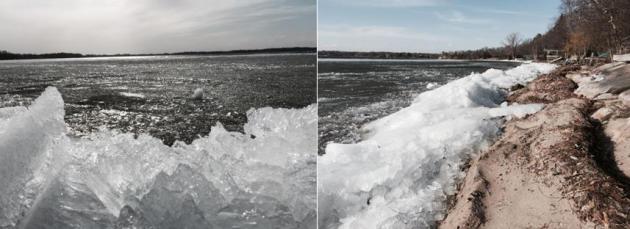
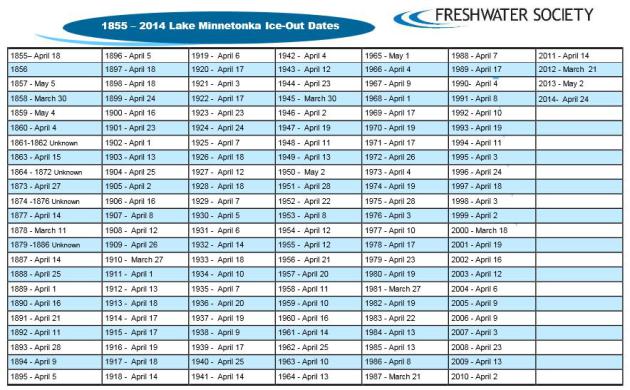

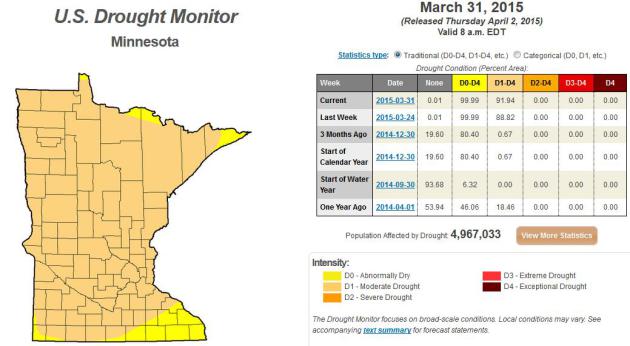
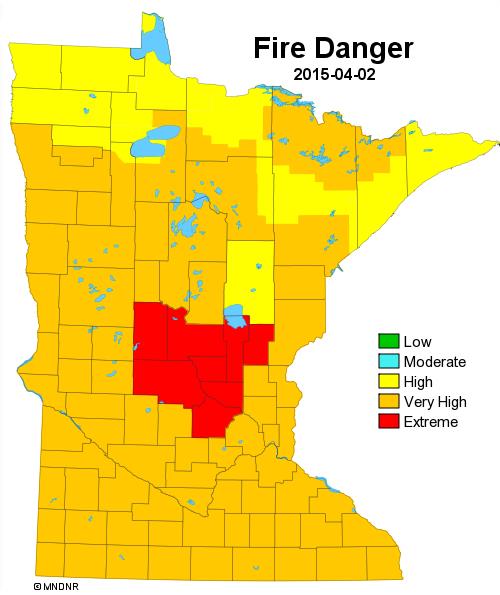
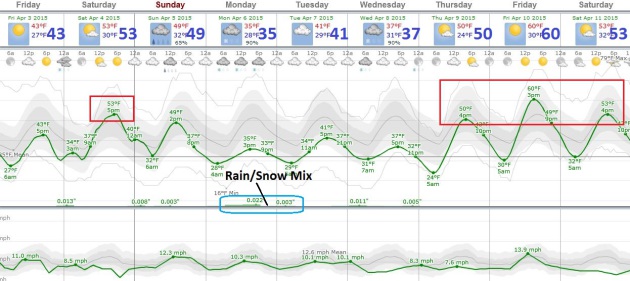

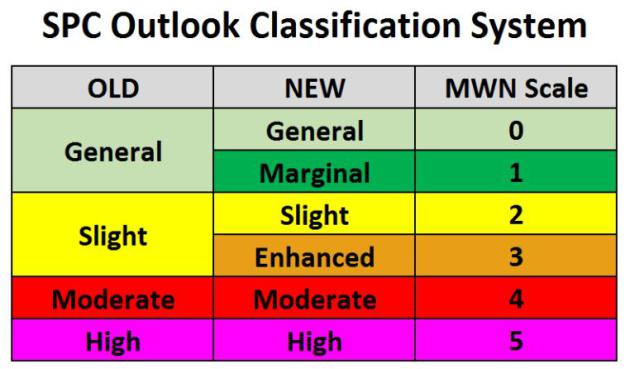


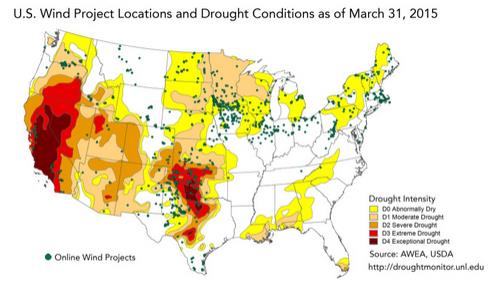
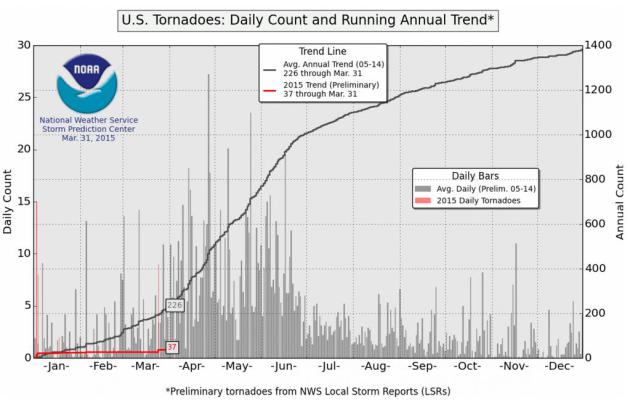

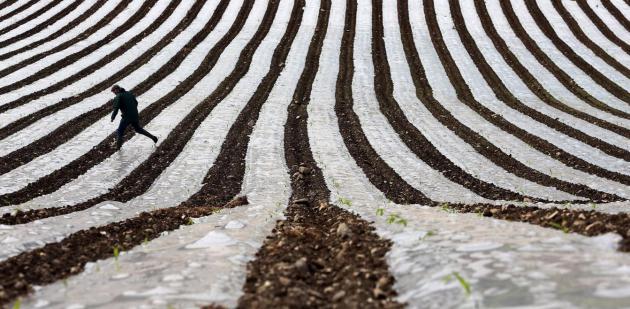
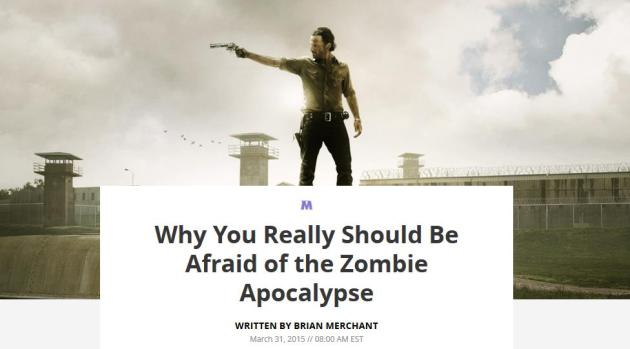



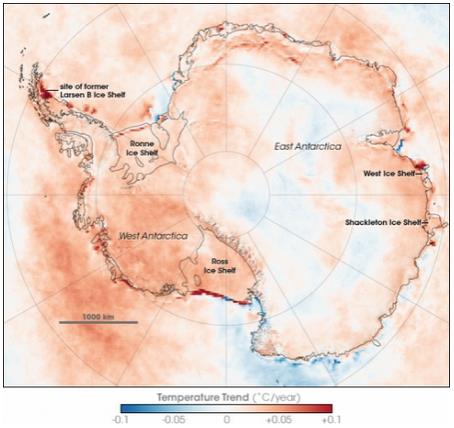
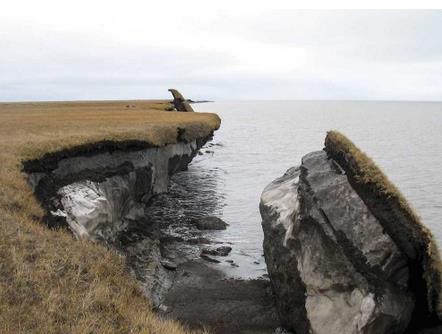


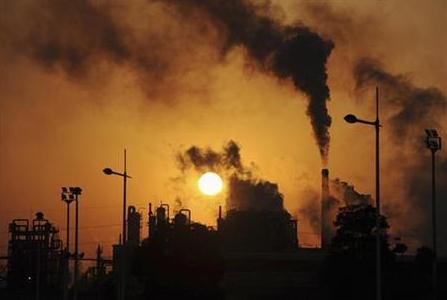

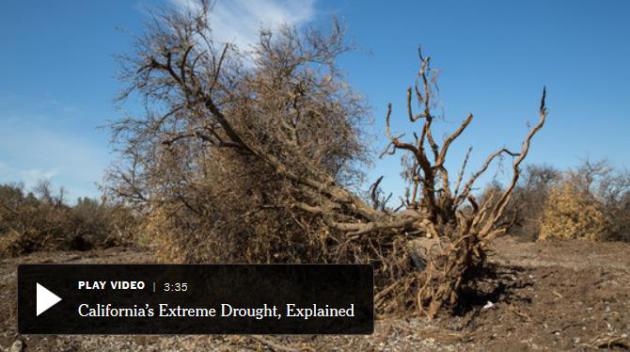

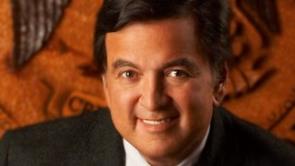
No comments:
Post a Comment